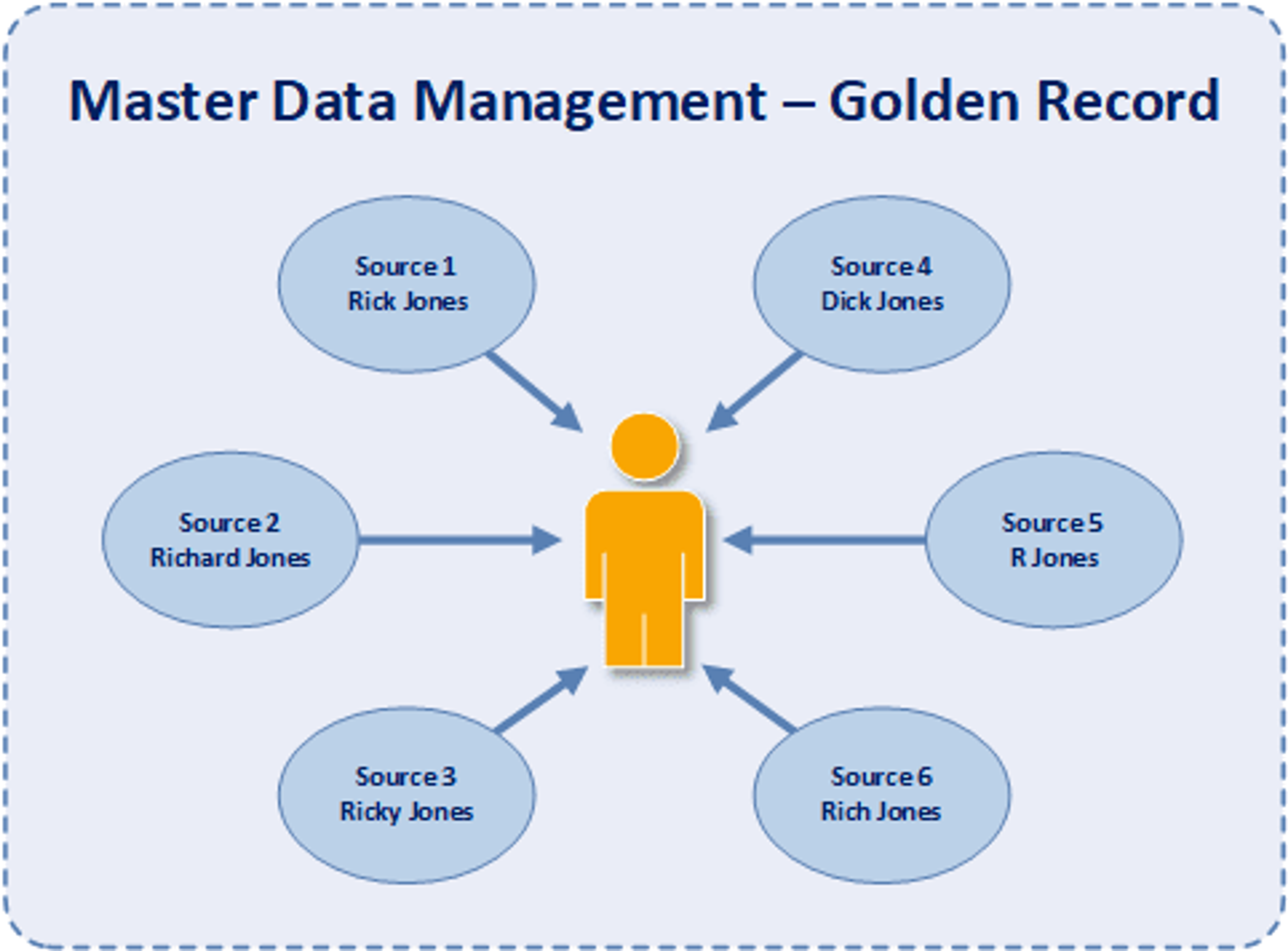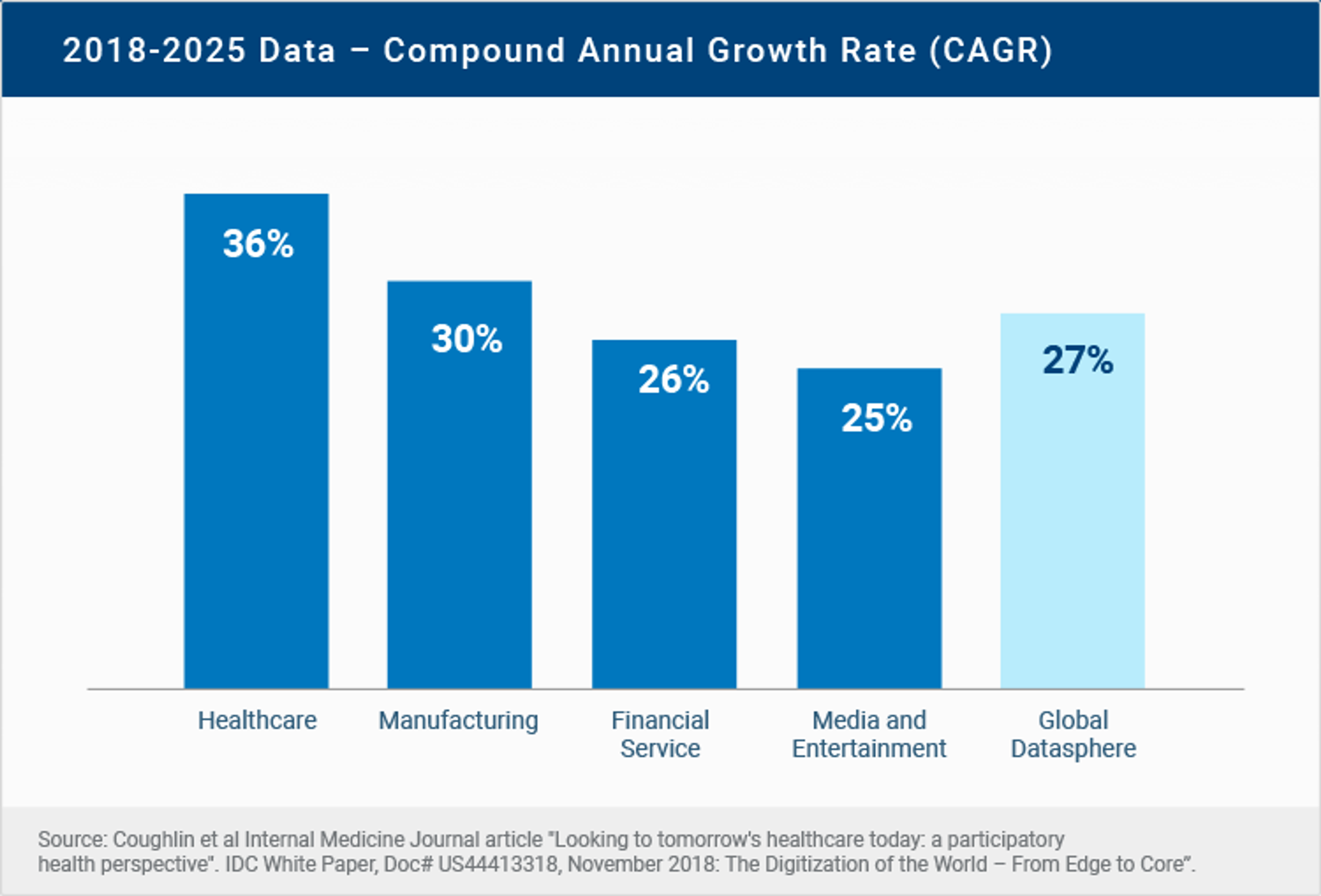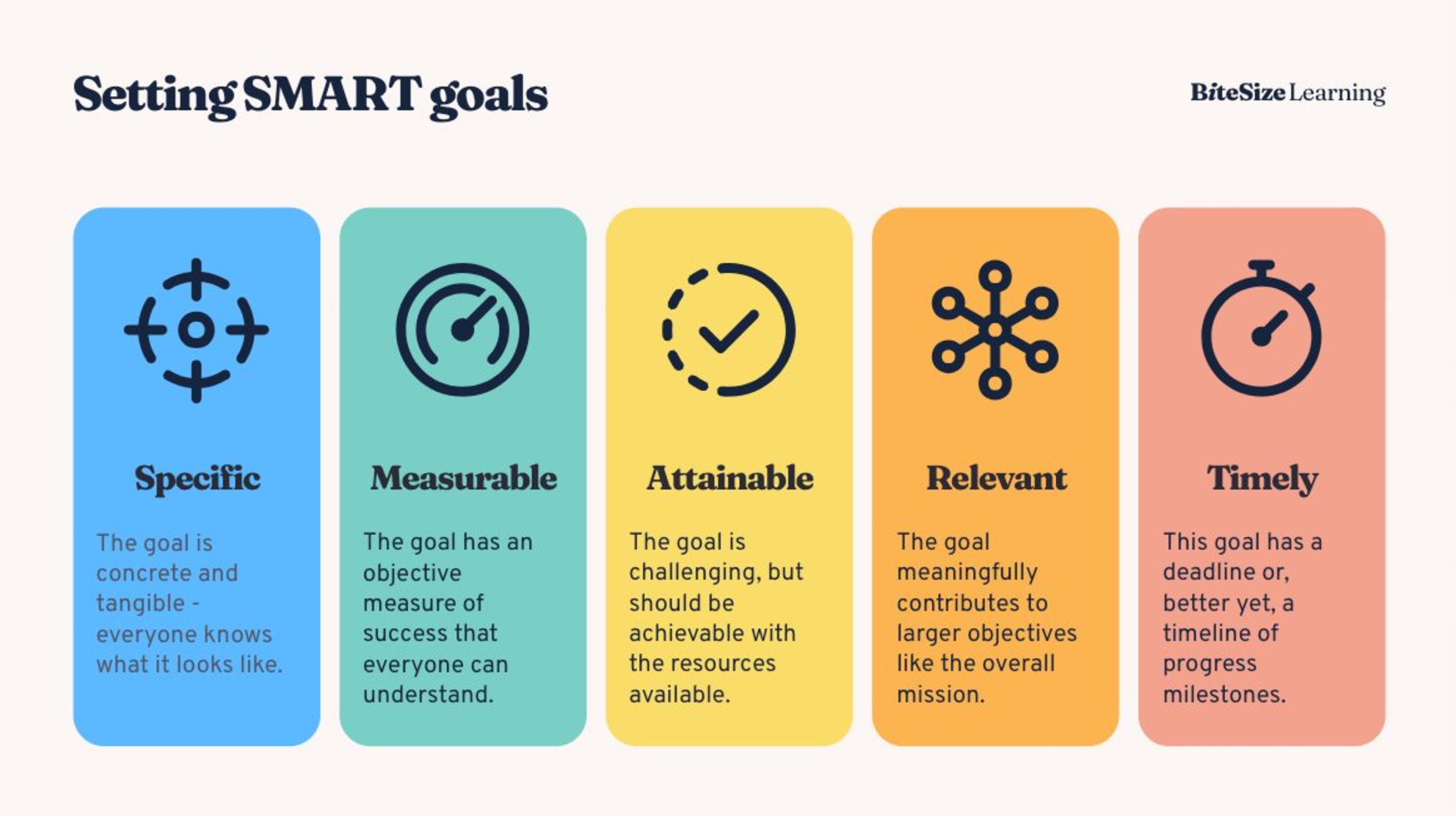blog
Implementing MDM: A Step-by-Step Guide

SECTIONS
Did you know: The healthcare industry generates more data than any other sector, but a mere 57% of healthcare dataOpens in a new tab is actually used to make decisions? This disconnect is rooted heavily in data accessibility and consistency challenges across complex healthcare ecosystems. That’s why many organizations are now implementing MDM to fill the critical gaps.
Master data management (MDM) centralizes and streamlines data so that it’s more accessible, visible, and usable across an organization. It helps organizations optimize in many ways and make consistently better decisions—something more impactful in healthcare and life sciences than anywhere else.
In this guide, we’ll take a deep-dive into the process of MDM implementation, including the right steps to prepare, ways to optimize, how to choose the right MDM software solution, and more.
Key Takeaways:
- Healthcare industries generate one-third of the world’s data, and its data volume is growing at a faster rate than the entire global datasphere.
- To keep up, organizations need an automated, scalable MDM strategy and solution.
- Before implementation, key preparation steps include defining goals, creating a cross-functional planning team, and developing a detailed implementation plan.
- Successful MDM implementation requires effective technical, operational, and cultural change management.
- It’s essential to adopt an MDM solution built to meet your organization’s specific needs.
MDM Implementation: Why It Matters for Healthcare and Life Sciences Organizations
MDM is a transformative strategy for healthcare and life sciences organizations because it creates a unified, accurate, and comprehensive source of critical data. By consolidating data from various sources across an organization’s ecosystem, MDM forms a singular repository of key information that informs smarter decisions, optimizes operational efficiency, and enhances patient care quality.
Equally importantly, MDM systems create “golden records” that standardize data from multiple sources that may include inconsistencies about the same person, thing, or situation. This is crucial for key aspects of healthcare data management, like patient safety and privacy, and accurate treatment planning.
The simple example below shows what we mean by this:

Image Source
Today, as healthcare data volume grows faster than any other sector and the entire global datasphere (a growth rate of 36%Opens in a new tab through 2025), having a streamlined data strategy like MDM in place is crucial.

Image Source
Key benefits of MDM include:
- Improved Data Accuracy: Ensures reliable patient information, leading to accurate diagnoses and effective treatment plans
- Enhanced Decision-Making: Facilitates informed healthcare strategies and research decisions by providing a comprehensive data view
- Regulatory Compliance: Ensures adherence to stringent data integrity and privacy standards, crucial in meeting industry regulations
- Operational Efficiency: Streamlines workflows and reduces redundancies, leading to cost savings and improved resource allocation
- Interoperability: Enhances the seamless sharing of data across various healthcare systems, improving collaboration and patient care continuity
Organizations with strong MDM strategies, processes, and tools in place are best-equipped to navigate and succeed in the fast-evolving healthcare and life sciences landscapes in which we now operate. In the following sections, we’ll walk through the steps to implementing MDM effectively.
Preparing for MDM Implementation
Master Data Management is a transformative undertaking for any organization. As such, it requires steps to prepare from several perspectives—operationally, financially, culturally, and more. Preparation should include the following:
1. Assess Your Current Landscape
Before designing any new MDM processes or adopting new tools, it’s important to conduct a thorough review of existing data management systems. Look to identify what’s working and what isn’t, including current inefficiencies, needs, and gaps that can be filled by an MDM strategy and system.
This initial assessment enables a better understanding of how MDM will integrate with and enhance an organization’s existing data architecture.
2. Assemble a Cross-Functional Team
MDM implementation requires input from every department and business unit at your organization. To ensure that happens, assemble a team that includes stakeholders from all key areas: clinical operations, research, IT, administration, and more.
Diverse perspectives are crucial for a comprehensive understanding of data usage and needs across the many parts of a complex healthcare or life sciences organization.
3. Define Clear Goals and Objectives
What will your organization accomplish with a new MDM strategy? While MDM has benefits that apply to any situation, specific transformations and related goals vary by organization. Design your roadmap for success by setting SMART goals that are specific, measurable, achievable, relevant, and time-bound.

Image Source
4. Engage Stakeholders
Effective communication across the organization about the benefits of MDM is essential. Engaging with stakeholders at all levels encourages feedback, facilitates buy-in, and ensures a smoother transition and adoption of the MDM system from a cultural perspective.
5. Develop an Implementation Plan
Creating a detailed and documented implementation plan is vital. This plan should outline the process, timelines, milestones, and assigned responsibilities. A clear roadmap ensures that all parties are aligned with the MDM implementation process, helping track progress and manage your transition effectively.
By meticulously preparing for MDM implementation through these steps, healthcare and life sciences organizations can set the stage for a successful integration of a master data management system, leading to enhanced data efficiency and compliance.
6. Set Strong Data Governance Policies
Data governance policies define how data is managed, ensuring it meets quality, privacy, and compliance standards. Establish clear rules for data access, ownership, and handling at your organization. Your data governance framework not only safeguards data integrity but also guides the organization in maintaining consistent and secure data management practices.
Implementing Your MDM Solution
Every MDM strategy needs the support of an MDM software platform to enable data management that’s automated and scalable. Successful implementation of your MDM solution will be a multi-step and multifaceted process—one that requires careful planning and meticulous execution. Here are the steps to be sure you include:
1. Map Out Your Infrastructure
Before you implement your new solution, you need a plan for how it will fit into your current IT and data infrastructures. Your planning team should work with your organization’s IT leaders to discuss important factors like system compatibility and requirements, potential redundancies and systems that will need to be phased out, and all other technical prerequisites that need to be met prior to implementation.
2. Migrate Data and Integrate Systems
Next, critical data from existing systems should be migrated to your MDM platform. This step must be carefully planned to ensure data integrity and security. It involves mapping data fields, cleaning data, and systematically transferring it to the MDM system.
Simultaneously, system integration requires linking your MDM solution with all other existing systems to ensure seamless data flow and accessibility going forward.
3. Train Employees
Your new MDM solution is only as powerful as the extent to which it can be used. Training is crucial for effective system utilization. Staff across various departments should be educated on how to use the new system, understand its features, and align it with their daily workflows.
4. Ensure Data Quality and Consistency
This step involves setting up processes and checks to maintain data accuracy and consistency. Regular data quality audits, validation rules, and data stewardship practices should be established to manage and monitor data quality continuously.
5. Go Live and Monitor
Once the system goes live, continuous monitoring is necessary to address any issues promptly. Feedback from users should be gathered via established feedback loops to enable continuous improvement.
6. Conduct a Post-Implementation Review
After implementation, conduct a thorough review to assess if your new MDM solution meets the defined objectives. Identify areas for improvement and plan for ongoing maintenance and updates.
What to Look for in Your MDM Solution
Your MDM success hinges significantly on your ability to choose the right solution for your organization’s needs, capabilities, and goals. The quality and effectiveness of your MDM system will directly impact the transformative potential MDM can have on your current strategy, processes, and future goals.
The following criteria are essential when choosing an MDM platform in healthcare and life sciences:
Industry-Specific Features
Look for an MDM solution that offers features tailored to the healthcare and life sciences sectors. This includes handling complex patient data, supporting healthcare terminology, and managing relationships between various data entities specific to healthcare, such as patient records, research data, provider information, and treatment data.
Scalability
Your chosen MDM solution should be scalable to accommodate growing data volumes and evolving organizational needs. It should be capable of handling increasing amounts of data and more complex data structures as the organization expands or as the healthcare data landscape evolves.
Integration Capabilities
Integration with existing systems (like Electronic Health Records (EHRs), billing systems, and patient portals) is crucial. Your MDM solution must seamlessly integrate with these systems to ensure a unified view of data across your organization.
Compliance with Healthcare Regulations
Your MDM solution must adhere to healthcare and life sciences research regulations (ex: HIPAA) and should ensure data privacy and security at all times. Quality MDM solutions have features to ensure easy compliance and security, but it’s essential to know which regulations apply to your specific organization and how they translate to MDM-related processes.
User-Friendly Interface
A user-friendly interface is helpful for ensuring that the staff can efficiently utilize the MDM system. The solution should be intuitive and accessible to facilitate smooth user interactions and reduce the learning curve after implementation.
Support and Maintenance
Consider the vendor’s support and maintenance services. Reliable customer support, regular updates, and maintenance are crucial for the long-term success of the MDM implementation.
Putting it All Together
Data has become the cornerstone of modern healthcare operations, strategies, and care provision. In order to stay relevant and keep up with an always-evolving industry landscape, healthcare and life sciences organizations need a strategy like MDM that centralizes and streamlines data across complex environments, making it accessible, accurate, and usable in real time.
Gaine’s Coperer platform scalable, ecosystem-wide master data management solution that’s specifically designed for the unique challenges of the healthcare and life sciences industries.
Start your real-time Coperer demo to learn more about how we can help your organization transform.
